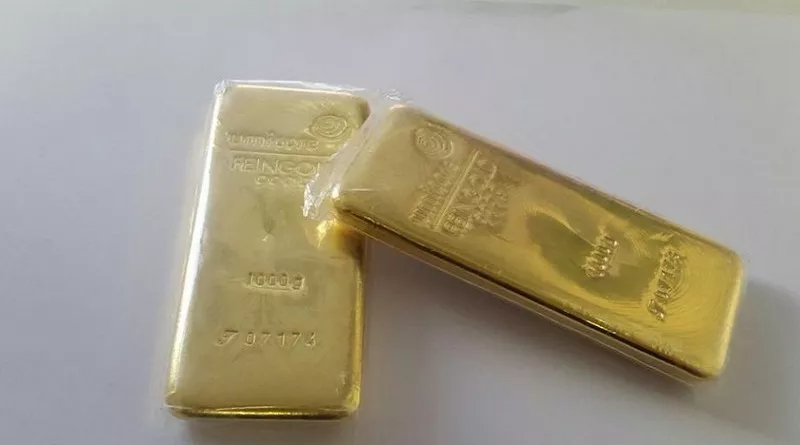The age-old debate of whether silver is worth more than gold continues to captivate investors and enthusiasts alike. As precious metals with enduring allure, both gold and silver have played crucial roles in human history, serving as stores of value, mediums of exchange, and symbols of wealth. In recent times, however, the spotlight has shifted towards silver, raising questions about its potential to outshine gold in terms of investment appeal. This article aims to delve into the intricacies of this ongoing debate, examining the historical context, industrial applications, and market dynamics to provide a comprehensive understanding of whether silver is, indeed, worth more than gold.
Historical Perspective:
Gold has long been revered as the ultimate store of value, a symbol of wealth, and a safe-haven asset. Its rich history as a form of currency and a means of preserving wealth spans centuries, transcending cultural and geographical boundaries. Silver, while not as universally esteemed as gold, has also played a significant role in human civilization. Historically, silver has been used for coinage, jewelry, and various industrial applications. The question of whether silver is worth more than gold hinges on the evaluation of these historical roles and their relevance in the contemporary context.
Industrial Applications:
One key factor that sets silver apart from gold is its extensive use in industrial applications. Unlike gold, which is primarily sought after for its intrinsic value and aesthetic appeal, silver boasts a diverse range of industrial uses. From electronics and photography to medical devices and solar panels, silver plays a critical role in various technological advancements. The increasing demand for renewable energy sources, especially solar power, has contributed significantly to the growing industrial consumption of silver. As industries continue to evolve and advance, the utilitarian value of silver may position it as a more sought-after commodity than gold in certain scenarios.
Market Dynamics:
The relative worth of silver and gold is also influenced by market dynamics, including supply and demand factors, macroeconomic trends, and investor sentiment. The silver market, being smaller and more susceptible to fluctuations, tends to experience higher volatility compared to gold. This volatility can present both opportunities and risks for investors. Silver’s lower price point per ounce compared to gold makes it more accessible to a broader range of investors, potentially contributing to increased demand.
Investor Sentiment:
Investor sentiment plays a crucial role in determining whether silver is worth more than gold. While gold has traditionally been viewed as a safe-haven asset during times of economic uncertainty, silver’s dual identity as both a precious metal and an industrial commodity makes its value subject to a wider array of market influences. In times of economic growth, industrial demand for silver may surge, positively impacting its value. Conversely, during periods of economic downturn, silver may face challenges as industrial activities contract. Understanding and gauging investor sentiment is essential for evaluating the potential trajectory of silver and gold prices.
Silver as a Monetary Asset:
While silver’s industrial applications are substantial, it also retains its status as a monetary asset. Silver coins and bullion are actively traded in the precious metals market, and some investors see silver as a more affordable alternative to gold for diversifying their portfolios. Additionally, the historic use of silver as currency adds a layer of intrinsic value to the metal, bolstering its appeal to those who view precious metals as a hedge against inflation and currency devaluation.
See Also How to Tell if It’s Real Silver? A Comprehensive Guide
Conclusion:
In conclusion, the question of whether silver is worth more than gold is complex and multifaceted. Historical context, industrial applications, market dynamics, and investor sentiment all contribute to the relative value of these precious metals. While gold remains a symbol of wealth and a traditional safe-haven asset, silver’s dual role as a precious metal and an industrial commodity gives it a unique position in the market.
Ultimately, the decision to invest in silver or gold depends on individual investor preferences, risk tolerance, and market expectations. Both metals have their merits, and a well-diversified portfolio may include a combination of both to harness the benefits each offers. As the global economy continues to evolve, so too will the dynamics between silver and gold, making it essential for investors to stay informed and adapt their strategies accordingly.


